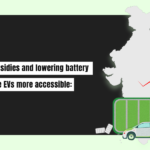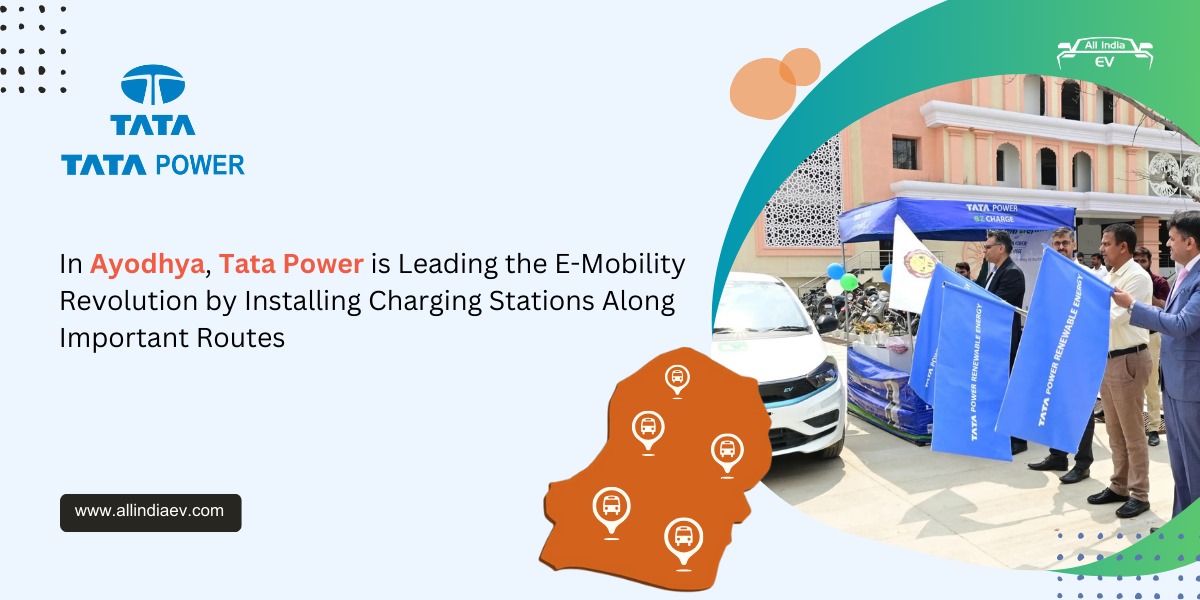
India Empower $323 Billion EV Investment for Net-Zero Goal Obsession
A new report from the Climate and Sustainability Initiative underlines the huge economic opportunity in India’s electric vehicle market Investment. The Total auto sales from 2020 to 2070 are expected to cumulative $19 trillion in revenues and taxes. Of this, $12.9 trillion is likely to come from EVs. The results show some important economic opportunities in the process of the EV transition.
India’s EV Market is Poised for a Trillion-Dollar Boom
In probably the first such report, Singapore-based research firm Climate and Sustainability Initiative has come out with the absolute EV market potential. Stated differently, the report pegs EV sales between 2020 and 2070 at an absolute market opportunity of $12.9 trillion. It therefore shows that while India has emerged at the top of the global electric vehicle marketplace. There are also huge economic gains from the transition to electric mobility.
It identifies some of the associated key revenue streams related to the Indian EV market. Including OEM income from the sale of EVs, government tax collections, and dealer margins, according to a CSI report.
This comprehensive study, released on August 7, calculates the investment requirements. It discusses the need for the Indian auto sector to meet net-zero emissions by 2070. The report offers valuable insights into the financial implications of the EV transition based on the examination of current EV sales, market prices, and investment benchmarks for emerging EV technologies.
India’s Auto Industry: A Key Player in the Net Zero Transition
In fact, the carbon emissions attributed to the Indian auto industry were high, since it maintained a percentage share of 13 in the year 2016. Which brought it into the third position after the power and industrial sectors. Realization regarding the lead or proactive role that the sector needs to play in accomplishing net zero by 2070. Taking the full adoption of electric vehicles by consumers and OEMs, as identified in the CSI report.
The report suggests a tenfold increase in the annual investment in EV technologies. From $7 billion in 2025 to as much as $70 billion by 2070, an investment of more than $323 billion throughout the next five decades. Of this, over $200 billion will be for electric 4-wheelers, with another $45 billion being spent on electric trucks.
India’s EV Investment Trajectory: A Phased Approach
The CSI report provided for channeling incremental investment opportunities in the EV sector in India in phases. This is because, since it involves a higher upfront investment in EVs, from 2025–2040. This will result in annual 2.5% growth in investments in the automotive sector. From 2040–2070, due to the tapering of the growth rate at 1.2% per annum.
It has a very relevant roadmap toward interventions. Maked by investors, OEMs, policymakers, and regulators, according to Vaibhav Singh, CSI executive director and co-author of the report. “The report highlights the quantum of decarbonization in India’s auto sector and the potential opportunities presented by this transition over the next two decades,” he said.
Financing the EV Revolution: Challenges and Opportunities
The CSI report reckons that it will be a sea change for India’s four-wheeler market in 2070, dominated by EV sales. That gives you the opportunity to collect revenue from sales, taxes, and dealer margins, aggregating to as much as $19.7 trillion.
However, unlocking such potential is inhibited by acute financing bottlenecks. Although EVs are cheaper in the long run because of lower operational costs, their higher upfront cost compared with traditional vehicles forms a natural barrier for too many. The report also recommended developing custom EV loan products that will have competitive interest rates and longer tenures for easy access.
It further goes on to note that government policies are usually the real drivers of EV adoption. Depending on the GST rate adopted, the potential tax revenue accruable from EVs ranges between $502 billion and $2.8 trillion, thereby underpinning the economic benefit of a healthy EV ecosystem.
India needs $323 bn investment in EV tech to decarbonise auto sector by 2070 — climate research firm




